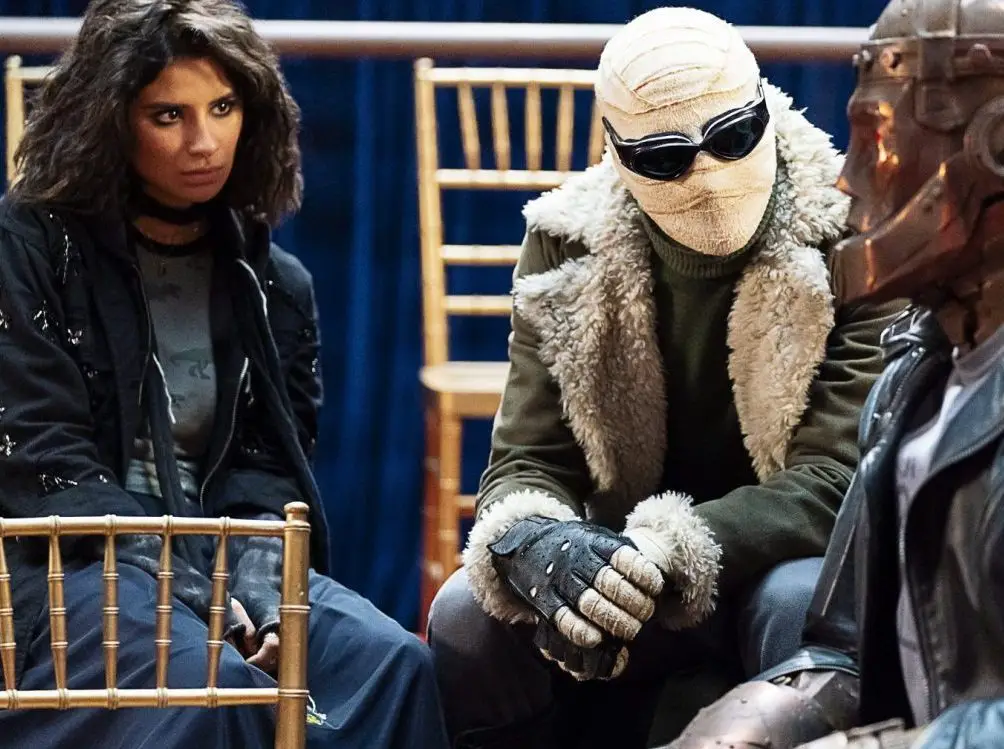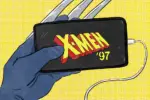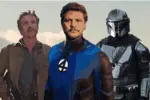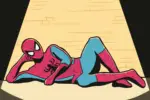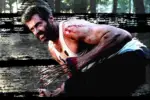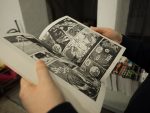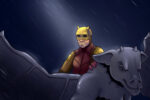By now, you have likely heard of “Doom Patrol,” the over-the-top TV series about a group of superpowered outcasts who must somehow band together in order to fight the even more deranged forces that threaten them. Available through DC Universe, “Doom Patrol” has garnered much critical acclaim thanks to its unapologetic embrace of the weird.
While the show has deservedly earned its fans, not all are familiar with the comic series it was adapted from. While the Doom Patrol has been around since 1963, the TV series draws much of its material from comics legend Grant Morrison’s highly praised 1989 revamp of the beautifully bizarre superhero team.
Once one begins to read Morrison’s take on the Doom Patrol, it quickly becomes obvious where most of the peculiar plot points in the TV series came from. Indeed, Morrison’s run on the World’s Strangest Heroes is considered by many to be one of the craziest — and best — superhero stories ever told.
But before diving head-first into the madness, a word of warning: Morrison is not for everyone. Those who like the TV show for its focus on drama and character development will find the original comic does not place as much emphasis on these elements. Morrison is arguably more interested in concepts than he is characters and, while this is not always a bad thing, it does mean he tends to forgo traditional narrative arcs in favor of exploring esoteric ideas. This leads to stories that can seem incoherent, unconventional and even completely insane.
Case in point: Morrison’s first story, “Crawling from the Wreckage,” involves the Doom Patrol taking on the Scissormen, beings from an other-dimensional city known as Orqwith, which is both real and not real. The Scissormen are able to “cut” people out of reality and make them a part of Orqwith, causing the city to grow larger and more concrete while the “real” world begins to fade away.
Orqwith was originally created by a group of philosophers who attempted to imagine utopia, but their idea of the perfect city was so vivid it became real. When Orqwith threatens to engulf the world, the Doom Patrol must destroy the city by proving it is only a hypothetical construct and cannot truly exist.
Essentially, the first battle of Morrison’s Doom Patrol is not simply a conflict between good and evil, but a philosophical struggle to determine what is real and what is not. Once given greater context, the story begins to take on a much deeper meaning.
Of course, for those who are new to Morrison, the whole affair is still likely to seem quite strange. Unfortunately, or fortunately, the stories only tend to get weirder as they go along, with Morrison pushing the boundaries of comic book convention to the point where it becomes a parody of itself. Nowhere is this more apparent than with the main antagonists of the series, The Brotherhood of Dada.
The Brotherhood is something of a satire of traditional supervillains; its members are all purposely over-the-top, wearing outrageous costumes and having powers that make little or no sense. For example, Sleepwalk is a young woman in punk get-up and headphones who possesses incredible strength, but only when she is asleep. Frenzy, a surreally-dressed Jamaican man, can turn himself into a living cyclone, while the Quiz, a mysophobic Japanese woman in an outlandish hazmat suit, has every superpower you have never thought of.
Leading the Brotherhood is Mr. Nobody, who is notably different from his TV incarnation. Rather than wishing revenge against Niles Caulder, Nobody simply wants to spread chaos and madness across the whole world. He considers himself to be beyond the concepts of good and evil, which is why he names his villainous organization after Dada, a surrealist art movement that emphasized the nonsensical nature of existence.
Mr. Nobody’s schemes are even more extravagant and ridiculous than that of the average supervillain. He first plans to trap the entire world inside of a painting, making everything on earth “art,” and then later attempts to run for president by getting people high off of Albert Hoffman’s bicycle, an artifact imbued with mystical energies from the first LSD trip.
Morrison’s purpose with the Brotherhood is not to tell a classic good guys versus bad guys story, but rather to demolish the concept entirely. It is worth noting the Doom Patrol technically do not even defeat the Brotherhood on either occasion they go up against them.
Rather, deranged circumstances created by the Brotherhood lead to their equally deranged downfall, in either case leaving the World’s Strangest Heroes not so much victorious as merely lucky enough to have survived the madness.
These postmodern ideas are expressed not only through Morrison’s writing, but through his illustrations as well. The three-part story “Tales of Hoffman” features a trio of unique art styles, each drastically different from the others.
In addition to a more standard rendering, characters also appear in an ’80s punk-inspired style and a retro ’70s-esque style. The blatant differences between the three styles call attention to the fact that comics are a primarily visual medium, meaning any alterations to the images that appear on the page will completely change the look and feel of the story.
Indeed, part of the fun in reading Morrison is finding the method in his madness. Despite the fact that much of his work on Doom Patrol seems utterly nonsensical, there are ever more fascinating ideas to be found if one is willing to look.
And even for those not interested in a deeper reading of Morrison, there is still excitement, thrills and even awe to be found simply in the spectacle he creates. From psychopathic little people on tricycles to grotesquely real imaginary friends to giant, apocalyptic figures riding through paintings, the weird, wacky and darkly wonderful adventures of Morrison’s Doom Patrol are more than enough to satisfy anyone’s appetite for the strange.
So for those brave enough or, more likely than not, crazy enough to venture into the source of one of the greatest and most unusual TV series in recent memory, welcome to a realm of madness made possible by a young Scotsman with a gloriously twisted imagination.


